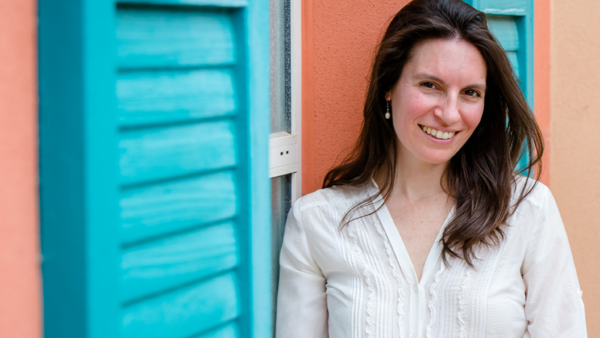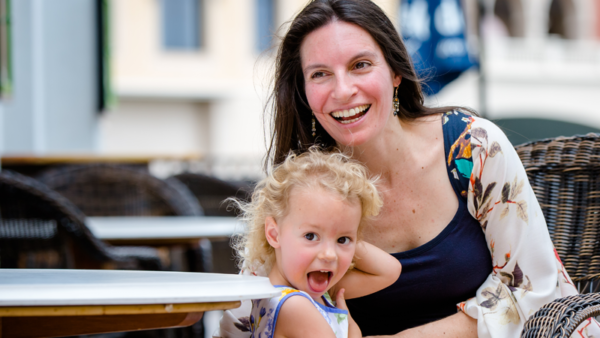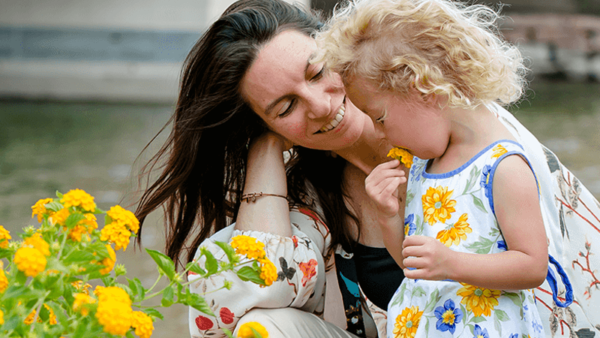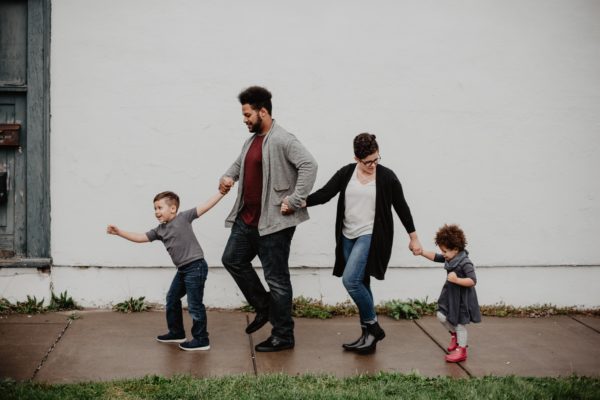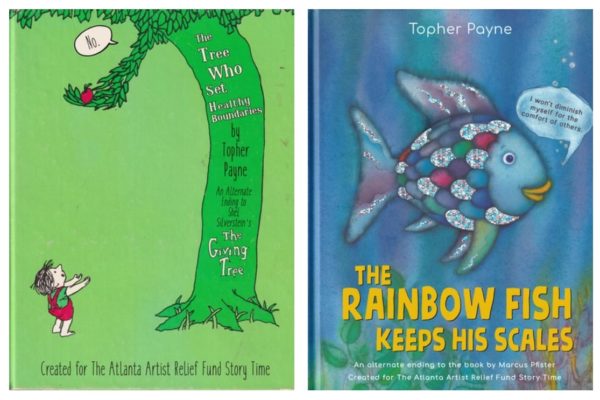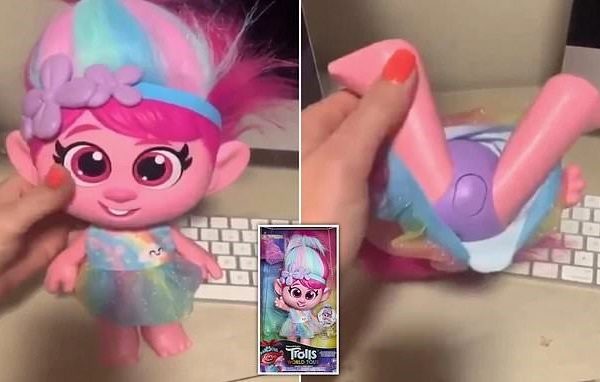 To wrap up this mini series on puberty, I feel it is necessary to address shame. (If you missed it, check out these posts on the physical changes and the behavioral changes during puberty.) Adolescence is often a time of lost innocence, when kids learn to be ashamed of their bodies and their feelings. Fear of shame is a huge motivator for all of us, but especially for kids going through puberty. Their bodies are changing in ways they can’t control, and their brains are developing, making them super sensitive to their peers. How would your teen years and your relationships have been different if you were free of shame? Don’t you want that for your kid?
To wrap up this mini series on puberty, I feel it is necessary to address shame. (If you missed it, check out these posts on the physical changes and the behavioral changes during puberty.) Adolescence is often a time of lost innocence, when kids learn to be ashamed of their bodies and their feelings. Fear of shame is a huge motivator for all of us, but especially for kids going through puberty. Their bodies are changing in ways they can’t control, and their brains are developing, making them super sensitive to their peers. How would your teen years and your relationships have been different if you were free of shame? Don’t you want that for your kid?
Shame is not well understood in our culture. If asked what the opposite of love is, most people say hate. But if I’m talking about feeling loved or feeling unloved, shame is much closer to feeling unloved than hate is. So what is shame?
Shame is a physiological response to stop you in your tracks. It’s when you “feel bad” or when you’re embarrassed. If you think back to your adolescence, you can probably remember acute moments of shame. You were doing something you enjoyed, or something that you were sure was alright, and suddenly it all went wrong. You farted or fumbled or tripped or used the wrong name and now you’re humiliated – that’s shame. In that moment, you might have decided to never let that situation happen again. The result is that you’ve lost a little bit of freedom. If that little bit of freedom turns out to be important, you’re locked in a battle with yourself until you can clear that shame, and that’s a hard thing to do.
On top of being highly susceptible to shame, the shame that adolescents feel is often undeserved. If they are doing something they enjoy and then someone makes them feel bad about it, and they’re hypersensitive to peers and terrified of ostracism, it’s a big deal. That’s a major shame attack. Often the lines were undefined to begin with, leaving plenty of opportunity for peers to tease a boy about being a wuss or a girl about being a slut. How much is too much? How much is too little? It’s not clear. They were just being themselves, or experimenting with different ways of being. That moment of humiliation locks them into a particular pattern, stealing away a little bit of their freedom to be as they’d like to be.
Kids internalize media messages and police each other around gender roles from a young age. A majority of boys feel shame around close same-sex friendships, or most toxic, shame around expressing kindness, affection, or sadness. Girls commonly develop body shame (which might start even earlier than puberty, as described in this CNN article), and shame around their sexuality or attractiveness. But to have friendships, to sing and dance, to be affectionate, or to cry, or to be sexual, or to have a body – whatever its shape and size – those are all essential facets of being human. They’re nothing to be ashamed of.
You can help your child avoid these common and deeply damaging types of shame by explaining how shame happens and communicating your values. Parental values carry greater weight with kids than media messages or peer policing – especially if your message gets through first. Talk to your kids about the importance of friendship and the realities of homophobia; tell them not to let a homophobic remark destroy a same-sex friendship. Share how much fun it is to dance and sing, that there really isn’t a right way to do either one. Tell your children that kindness, tenderness, and tears are all basic parts of being human, and if you can, model it for them. Help your daughter understand that the health of her body matters much more than its shape or size, and that attractiveness has more to do with integrity and self-acceptance than sexiness. Do you remember something from your adolescence, a time when you were super embarrassed? Share the story with your child, and how you have (or haven’t!) moved past that shame.
If your child has your values to hang on to, that moment of confrontation will be less catastrophic. Your child might still be totally embarrassed, but if you’ve already talked about it before, he or she will likely be willing to talk about it with you again. You get the opportunity to counter the message your child received from their peers, and to be empathetic about how it felt in the moment. That gives the hurt an opportunity to heal, instead of getting set in place. With a bit of encouragement and practice, your child might be able to stand up to the teasing, stating your value with confidence.
Imagine a world without the constraints of shame: Imagine if our daughters didn’t think they had to be sexy or a certain shape or size to be valued. Imagine if our sons didn’t think they had to have sex with as many girls as possible to be manly, if they could weep without being labeled weak. Please do what you can to give them that freedom to be fully in their humanity. It would do a lot of good for the world.
I know it’s a tall order. If you can see the value in it, but just don’t know how to start those conversations, don’t worry. You’re not a bad parent. You just could use a hand, so drop me a line.
In support of you,
Anya
P.S. What was your most embarrassing moment in adolescence, and has it stuck with you? Add your comment below!
P.P.S. I’ll be hosting a webinar next month, Talking to Kids about Sex and Relationships: what to say when. I’ve created this webinar specifically for you, because your questions have been about how much to say and when to talk about the next piece. It’s free, so reserve your spot now!

